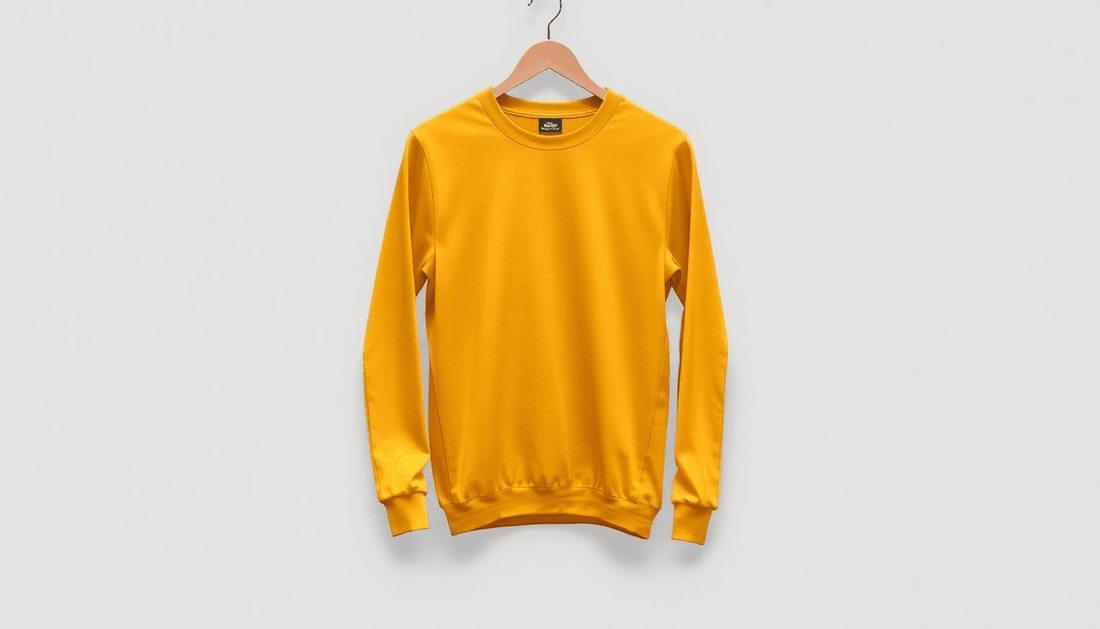
Trends in Sustainable Activewear 2025: Key Insights on Sustainable Activewear Trends 2025
Share
Sustainable Activewear Trends 2025
The world of fashion is undergoing a significant transformation, particularly in the realm of sustainable activewear trends 2025. As the demand for environmentally friendly and ethically produced clothing continues to grow, brands are responding with innovative designs that merge style, function, and sustainability. The shift towards sustainable practices is not merely a trend but a vital necessity towards creating a more eco-conscious market.
In 2025, we can expect sustainable activewear to embody advanced materials that minimize environmental impact while maximizing performance. This year, the focus will be on fabrics that are either recycled, biodegradable, or derived from sustainable resources. Consumers are becoming increasingly aware of their purchasing choices and are seeking brands that prioritize eco-friendly practices. The rise of circular fashion concepts will significantly influence these trends, promoting a model where products are designed with their end-of-life in mind, reducing waste, and ensuring materials can be reused or recycled.
Another significant aspect of sustainable activewear trends 2025 will be the incorporation of technology. Wearable tech that promotes sustainability, such as clothing that can monitor fitness levels and environmental impact, will become more prevalent. Brands will increasingly collaborate with tech companies to create garments that not only perform well during workouts but also contribute to the user’s understanding of their environmental footprint.
There will also be a noticeable shift in production practices, with brands moving towards local manufacturing to reduce carbon emissions associated with transportation. Ethical labor practices will become a central focus, as consumers will demand transparency in the supply chain. Brands promoting fair trade and ensuring safe working conditions will stand out in this evolving market.
Additionally, eco-friendly dyes and production processes will be at the forefront of sustainable activewear trends 2025. Innovations in fabric dyeing will lead to lower water usage and non-toxic chemicals, appealing to environmentally conscious consumers. Brands will need to improve their storytelling, showcasing their commitment to sustainability and connecting with consumers on a deeper level.
The rise of second-hand and rental markets will further challenge traditional retail models. Consumers are likely to embrace the idea of renting high-quality activewear for specific occasions or purchasing second-hand items to contribute to a circular economy. This shift will continue to gain traction as people seek ways to minimize their environmental impact.
As we look at sustainable activewear trends 2025, it's essential to acknowledge the role of community engagement. Brands that foster a sense of community, encouraging customers to share their experiences and lifestyles aligned with sustainability, will resonate well with the target audience. Influencer marketing will evolve to focus on authenticity, with consumers preferring to follow influencers who genuinely embody sustainable practices.
Furthermore, gender-neutral activewear will become more prevalent as brands recognize the importance of inclusivity. Sustainable collections will be designed to fit a diverse range of body types and gender identities, ensuring that every consumer feels represented and comfortable in their athletic wear.
In conclusion, sustainable activewear trends 2025 will be characterized by a commitment to the environment, innovation in materials and production processes, and a focus on consumer engagement. As we progress through this year, the activewear market will undoubtedly reflect the growing desire for sustainability, setting a precedent for the future of fashion.
